Introduction
Every year, thousands of workers suffer from preventable hand injuries—despite wearing personal protective equipment (PPE). Why? Because PPE alone isn’t enough. Hand safety and PPE may sound similar, but they play distinct and complementary roles in workplace safety. If you’re only relying on gloves, you may be missing a critical layer of protection.
In this blog, we’ll explore the key differences between hand safety and PPE, why both matter in hazardous environments, and how integrating both into your safety protocols can drastically reduce injuries and increase compliance.
What Is Hand Safety?
Hand safety refers to the holistic approach to preventing hand injuries using engineered solutions, training, risk assessments, and tools designed to minimize direct hand contact with hazards.
Common Hazards Involving Hands:
Pinch points
Rotating equipment
Sharp edges
Dropped tools
Slips and crush zones
Rather than just relying on protection after an incident, hand safety focuses on preventing contact with the hazard in the first place.

What Is PPE?
Personal Protective Equipment (PPE) includes gloves, helmets, goggles, and other gear designed to provide a barrier between the worker and potential hazards.
Common Types of Hand PPE:
1 . Cut-resistant gloves
2 . Chemical-resistant gloves
3 . Impact-resistant gloves
4 . Thermal gloves
While PPE is critical, it’s often the last line of defense. If all other controls fail, PPE is there to minimize the injury.
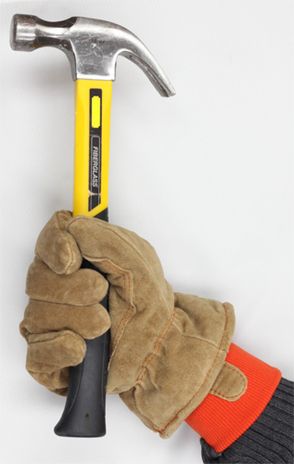
Key Differences Between Hand Safety and PPE
|
Feature |
Hand Safety |
PPE (Personal Protective Equipment) |
|
Focus |
Injury prevention |
Injury protection |
|
Approach |
Engineering & administrative controls |
Physical barrier |
|
Examples |
Hands-free tools, taglines, SOPs |
Gloves, sleeves |
|
Position in Safety Hierarchy |
Mid-tier (elimination, substitution, engineering) |
Last line of defense |
Why Both Matter in High-Risk Work Environments
Relying only on PPE is like driving with just a seatbelt and no brakes. Gloves are essential, but they cannot prevent crush injuries or entanglements. That’s where engineered hand safety tools come in.
Real-World Stats:
Over 70% of workers injured on the job weren’t wearing gloves.
Of those who were, 30% still got injured due to improper glove choice or inadequate tools.
Combining hand safety strategies with PPE use is the only way to ensure full protection.

Top Tools That Support Hand Safety Beyond PPE
1. Wrench Grab
Prevents pinch-point injuries by allowing workers to maintain a safe distance from the tool during torque operations.
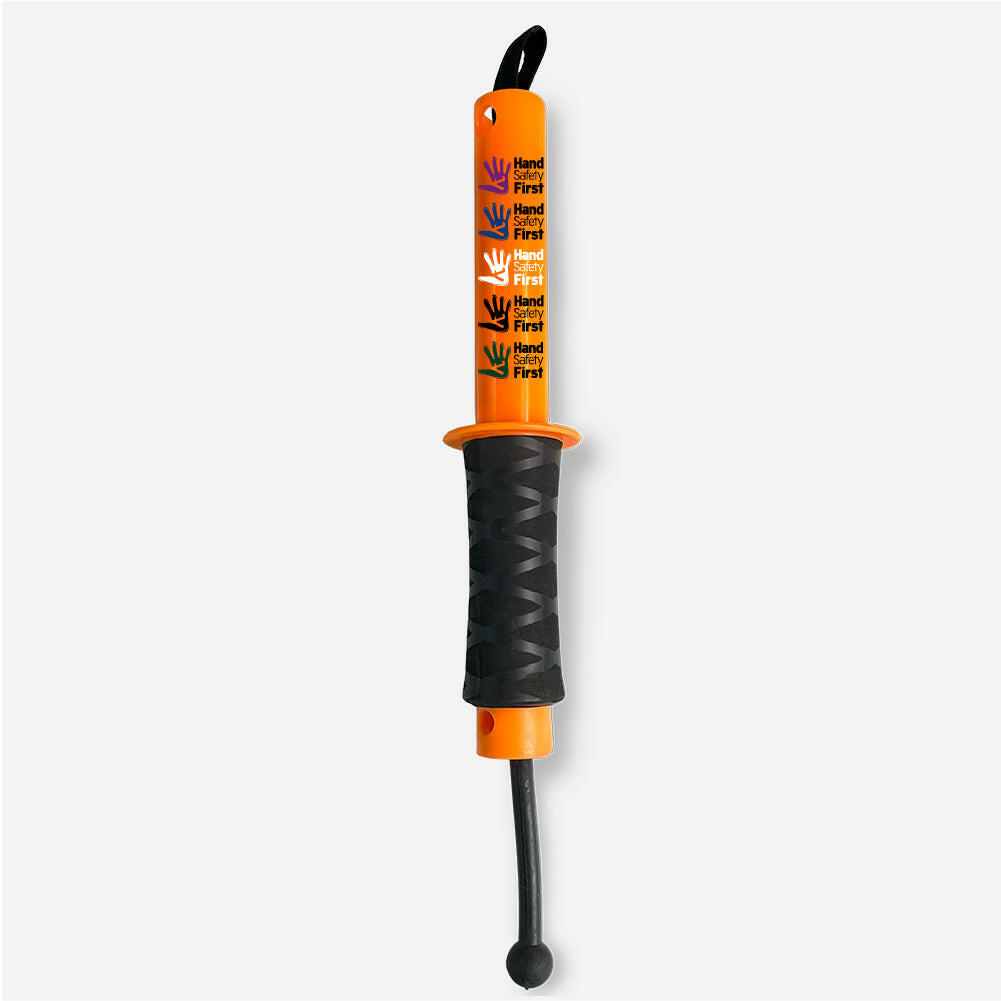
2. Magnetic Taglines
Used for controlling suspended loads—keeps hands off pinch zones.
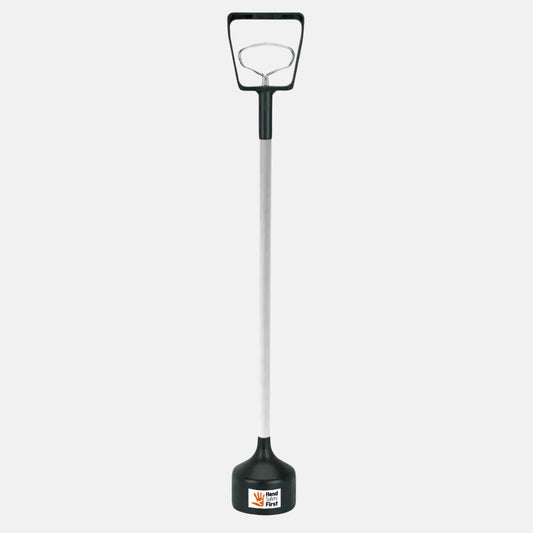
3. Push/Pull Poles
Ideal for positioning loads without hand contact—reduces crush and caught-between injuries.
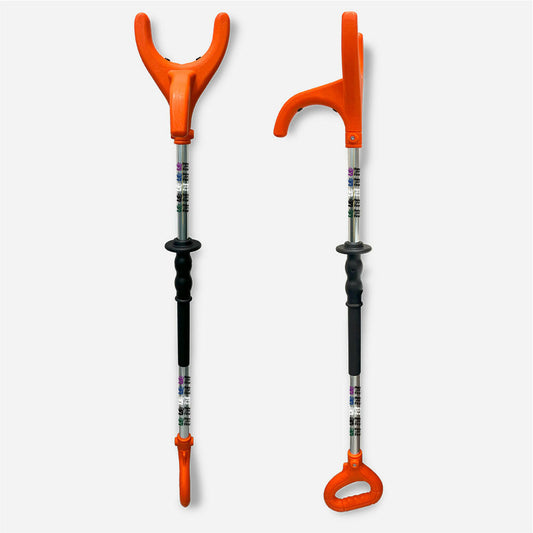
4. Remote-Controlled Handling Tools
Eliminates the need for manual contact entirely in high-risk areas.
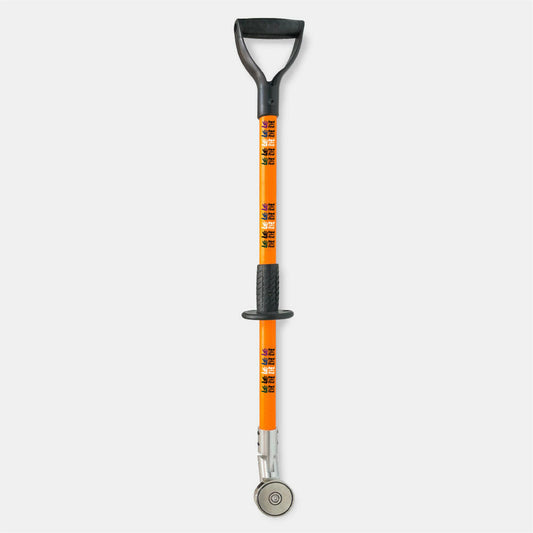
Expert Tips to Improve Hand Safety in 2025
1 . Conduct a risk assessment before selecting PPE or safety tools
2 . Train staff on proper glove use and hands-off tools
3 . Regularly inspect and upgrade your hand safety tools
4 . Use signage and color coding to flag high-risk zones
5 . Update SOPs to include hands-free protocols

FAQs
Q: Is PPE enough to prevent hand injuries?
A: No. PPE is essential but should be part of a broader hand safety strategy involving tools and procedural controls.
Q: What’s the most common cause of hand injuries despite wearing gloves?
A: Improper glove use, poor fit, or using gloves without engineered tools like push-pull poles or taglines.
Q: How can companies reduce hand injuries in 2025?
A: By combining PPE with task-specific hand safety tools and worker training.
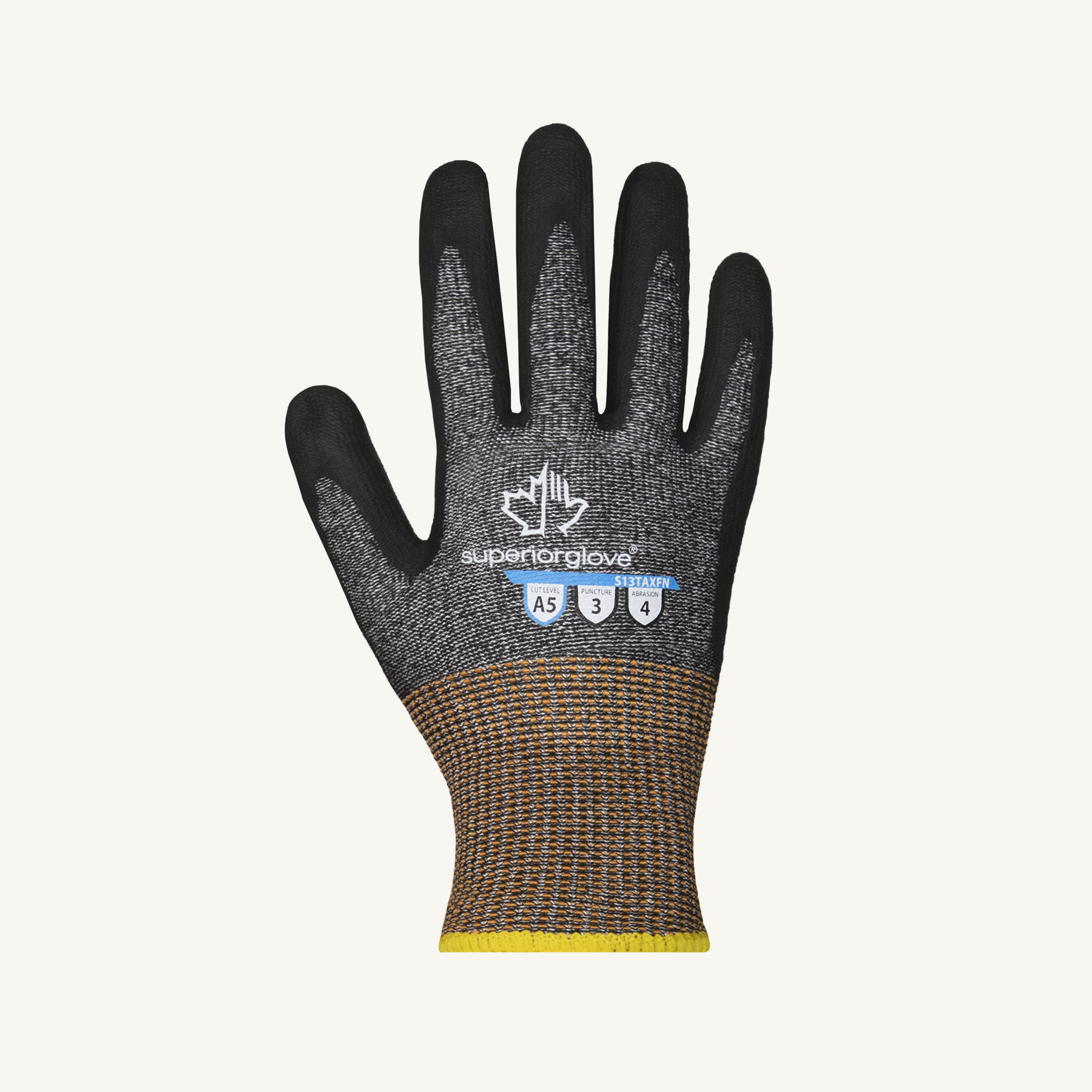
Conclusion
When it comes to workplace safety, the debate shouldn’t be hand safety vs PPE, but rather hand safety plus PPE. Both are critical components of a comprehensive safety program. Gloves may reduce the severity of injuries, but only tools like Wrench Grabs and push-pull poles can help prevent them altogether.
If your team is still relying on gloves alone, it’s time to level up. Invest in engineered hand safety solutions and build a culture where injury prevention starts before the job even begins.
Ready to Take Hand Safety to the Next Level?
Don’t wait for injuries to happen — be proactive. At Hand Safety First, we offer advanced hand safety tools that go beyond gloves to truly protect your team.
Call us at +91 73861 10618
Email us at info@handsafetyfirst.com
Visit us at handsafetyfirst.com
Get in touch today for a free hand safety consultation and demo.
Let’s build a safer, hands-free workplace together.
